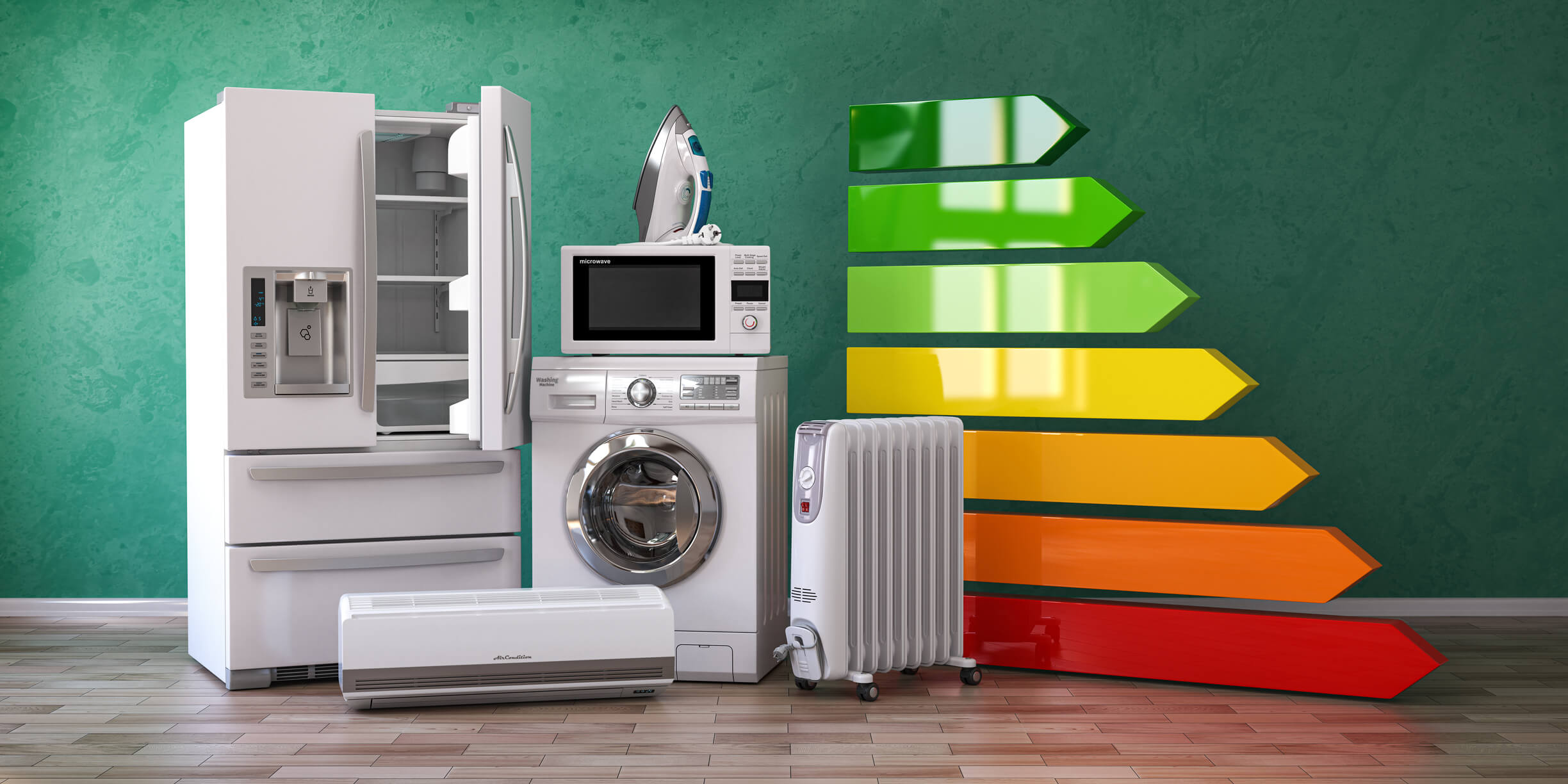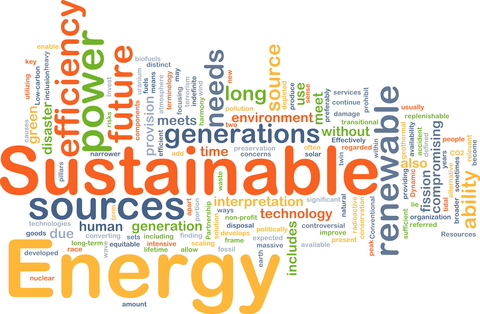Understanding Your Energy Consumption Patterns
To effectively reduce your current bill, it’s essential to understand your energy usage habits. Analyzing your past bills and energy consumption patterns can help identify areas for reduction. Start by gathering your past energy bills and reviewing them to determine your average energy consumption. Check for any seasonal fluctuations or unusual spikes in usage. This information will help you pinpoint opportunities for savings.
Next, assess your energy usage patterns by considering your daily habits and routines. Think about the times of day when you use the most energy, such as during peak morning and evening hours. Identify the appliances and devices that consume the most energy, such as refrigerators, air conditioners, and washing machines. By understanding your energy usage patterns, you can develop a plan to reduce your energy consumption and lower your current bill.
One effective way to analyze your energy usage is to use a smart energy monitor. These devices can track your energy consumption in real-time, providing you with detailed information on your energy usage patterns. Some smart energy monitors can even identify specific appliances and devices that are consuming the most energy, helping you to pinpoint areas for improvement.
Another approach is to conduct an energy audit of your home. This involves inspecting your home’s energy-using systems, including lighting, heating, and cooling, to identify areas for improvement. You can hire a professional to conduct an energy audit or do it yourself using a DIY energy audit kit.
By understanding your energy consumption patterns, you can develop a plan to reduce your energy consumption and lower your current bill. This may involve making simple changes to your daily habits, such as turning off lights and appliances when not in use, or investing in energy-efficient appliances and devices. With a clear understanding of your energy usage patterns, you can take the first step towards reducing your energy consumption and saving money on your current bill.
Simple Swaps to Reduce Your Energy Bill
Making a few simple changes to your daily habits can significantly impact your energy consumption and lower your current bill. One of the easiest ways to reduce energy usage is to switch to energy-efficient light bulbs. LED bulbs, for instance, use up to 90% less energy than traditional incandescent bulbs and can last up to 25 times longer. Replacing just five traditional bulbs with LED bulbs can save you up to $75 per year.
Another simple swap is to turn off appliances and electronics when not in use. Many devices, such as TVs and computers, continue to draw power even when turned off but still plugged in. This is known as “vampire power” or “standby power.” Unplugging these devices or using power strips to turn them off completely can save you up to $100 per year.
Adjusting your thermostat settings is also an effective way to reduce energy consumption. Lowering your thermostat by just one degree can save you up to 3% on your heating bill. Consider installing a smart thermostat, which can learn your schedule and preferences to optimize your heating and cooling usage.
Additionally, upgrading to energy-efficient appliances can make a significant impact on your energy bill. Look for appliances with the ENERGY STAR label, which indicates that they meet energy efficiency standards set by the U.S. Environmental Protection Agency. For example, an ENERGY STAR certified refrigerator can save you up to $200 per year compared to a traditional model.
By implementing these simple swaps, you can significantly reduce your energy consumption and lower your current bill. Remember, every small change adds up, and making these changes can have a lasting impact on your energy usage and savings.
How to Choose the Right Energy-Efficient Appliances
When it comes to reducing energy consumption and lowering your current bill, choosing the right energy-efficient appliances is crucial. With so many options available in the market, it can be overwhelming to make an informed decision. However, by understanding what to look for in terms of energy ratings and features, you can make a smart choice that will benefit your wallet and the environment.
One of the most important things to look for when selecting energy-efficient appliances is the ENERGY STAR label. This label is awarded to products that meet energy efficiency standards set by the U.S. Environmental Protection Agency. ENERGY STAR certified appliances use significantly less energy than traditional models, which can lead to substantial savings on your energy bill.
For example, an ENERGY STAR certified refrigerator can save you up to $200 per year compared to a traditional model. Similarly, an ENERGY STAR certified LED TV can save you up to $100 per year. When shopping for appliances, look for the ENERGY STAR label and check the energy rating, which is usually indicated by a number of stars or a percentage.
Another important factor to consider is the appliance’s features. For instance, a front-loading washing machine uses significantly less water and energy than a top-loading machine. Similarly, a dishwasher with a sanitize cycle can help reduce energy consumption by eliminating the need for hot water.
Some popular energy-efficient appliances that can help reduce your current bill include:
- LED TVs: Use up to 50% less energy than traditional LCD TVs
- Energy Star certified refrigerators: Use up to 15% less energy than traditional models
- Front-loading washing machines: Use up to 50% less water and energy than top-loading machines
- Dishwashers with sanitize cycles: Use up to 50% less energy than traditional dishwashers
By choosing energy-efficient appliances and understanding their features and energy ratings, you can make a significant impact on your energy consumption and lower your current bill. Remember, every small change adds up, and making these changes can have a lasting impact on your energy usage and savings.
Maximizing Natural Light to Reduce Lighting Costs
Natural light is a free and abundant resource that can significantly reduce the need for artificial lighting in your home. By maximizing natural light, you can not only reduce your energy consumption but also create a brighter and more welcoming living space. In this section, we will explore the benefits of using natural light and provide tips on how to maximize it in your home.
One of the most effective ways to maximize natural light is to rearrange your furniture to take advantage of the natural light sources in your home. For example, placing a sofa or armchair near a window can help reflect natural light into the room, reducing the need for lamps or overhead lighting. Additionally, using mirrors to reflect natural light can also help to brighten up a room and reduce the need for artificial lighting.
Another way to maximize natural light is to use sheer curtains or blinds to filter the light and reduce glare. This can help to create a softer, more diffused light that is easier on the eyes and reduces the need for artificial lighting. You can also use skylights or larger windows to bring in more natural light and reduce the need for artificial lighting.
Some other tips for maximizing natural light include:
- Painting walls with a light color to reflect natural light
- Using light-colored flooring to reflect natural light
- Removing any obstacles or clutter that may be blocking natural light
- Installing solar tubes or sun pipes to bring in natural light from the roof
By implementing these tips, you can significantly reduce your energy consumption and lower your current bill. Remember, natural light is a free resource that can be harnessed to create a brighter and more welcoming living space. By maximizing natural light, you can not only reduce your energy consumption but also create a healthier and more sustainable living environment.
In addition to reducing energy consumption, maximizing natural light can also have numerous health benefits. Natural light has been shown to boost mood, reduce stress, and improve overall well-being. By incorporating natural light into your daily routine, you can improve your physical and mental health and create a healthier living environment.
Smart Home Devices to Help You Save Energy
Smart home devices have revolutionized the way we manage our energy consumption. These devices can help monitor and control energy usage, identify areas for improvement, and automate energy-saving tasks. In this section, we will explore the benefits of smart home devices and provide tips on how to use them to reduce your energy bill.
One of the most popular smart home devices is the smart thermostat. These devices can learn your schedule and preferences to optimize your heating and cooling usage. They can also be controlled remotely, allowing you to adjust the temperature from your smartphone or tablet. Some popular smart thermostat brands include Nest, Ecobee, and Honeywell.
Another useful smart home device is the energy monitor. These devices can track your energy usage in real-time, providing you with detailed information on your energy consumption patterns. They can also identify areas for improvement, such as energy-wasting appliances or inefficient lighting. Some popular energy monitor brands include Sense, Neurio, and Belkin.
Smart home devices can also help automate energy-saving tasks. For example, smart plugs can turn off appliances and electronics when not in use, while smart lighting systems can adjust the brightness and color of your lights based on the time of day. Some popular smart home automation systems include Samsung SmartThings, Apple HomeKit, and Google Home.
Some other benefits of smart home devices include:
- Remote monitoring and control of energy usage
- Personalized energy-saving recommendations
- Automated energy-saving tasks
- Real-time energy usage tracking
- Integration with other smart home devices
By incorporating smart home devices into your daily routine, you can significantly reduce your energy consumption and lower your current bill. Remember, these devices are designed to make your life easier and more energy-efficient, so take advantage of their features and benefits to save energy and money.
In addition to reducing energy consumption, smart home devices can also improve your home’s comfort and convenience. For example, smart thermostats can learn your schedule and preferences to optimize your heating and cooling usage, while smart lighting systems can adjust the brightness and color of your lights based on the time of day. By investing in smart home devices, you can create a more comfortable, convenient, and energy-efficient living space.
DIY Energy-Saving Projects to Try at Home
Reducing energy consumption not only helps lower your current bill but also contributes to a more sustainable future. One effective way to achieve this is by undertaking DIY energy-saving projects. These projects are cost-effective, easy to implement, and can make a significant difference in your energy usage. Here are some DIY projects to get you started:
Sealing Air Leaks
Air leaks can account for a significant amount of heat loss in your home, leading to increased energy bills. To seal air leaks, you’ll need caulk, spray foam, and weatherstripping. Start by identifying areas around windows, doors, and ducts where air might be escaping. Apply caulk or spray foam to gaps and cracks, and use weatherstripping to seal moving parts like doors and windows.
Adding Insulation
Proper insulation can help reduce heat loss in the winter and heat gain in the summer. Check your attic, walls, and floors for adequate insulation. If you find that your insulation is lacking, consider adding more. You can use fiberglass batts, cellulose, or spray foam insulation. Make sure to follow safety guidelines when handling insulation materials.
Creating a Solar-Powered Planter
This project is a great way to harness solar energy and reduce your reliance on grid power. You’ll need a planter, solar panel, battery, and a small pump. Place the solar panel in a sunny spot and connect it to the battery. Use the battery to power a small pump that will water your plants. This project is not only energy-efficient but also a great way to get creative with gardening.
Building a Window Insulation Kit
A window insulation kit can help reduce heat loss through your windows. You’ll need a clear plastic sheet, magnets, and a frame. Cut the plastic sheet to size and attach it to the frame. Use magnets to secure the frame to your window. This project is a simple and effective way to reduce heat loss and keep your home warm.
These DIY energy-saving projects are easy to implement and can make a significant difference in your energy consumption. By sealing air leaks, adding insulation, creating a solar-powered planter, and building a window insulation kit, you can reduce your energy bills and contribute to a more sustainable future. Remember, every small change counts, and making these changes can help you learn how to reduce your current bill over time.
Time-of-Use Pricing: How to Take Advantage of Off-Peak Rates
Time-of-use (TOU) pricing is a rate plan offered by many utility companies that charges different rates for electricity based on the time of day. This pricing structure can help reduce energy bills by incentivizing energy usage during off-peak hours. Understanding how to take advantage of TOU pricing can be a valuable strategy for learning how to reduce your current bill.
Understanding Time-of-Use Pricing
TOU pricing typically divides the day into three periods: peak, off-peak, and shoulder. Peak hours usually occur during the late afternoon and early evening when energy demand is highest. Off-peak hours typically occur during the late evening and early morning when energy demand is lowest. Shoulder hours fall in between peak and off-peak hours. The rates for each period vary, with peak hours being the most expensive and off-peak hours being the cheapest.
Adjusting Your Energy Usage
To take advantage of TOU pricing, adjust your energy usage to shift non-essential tasks to off-peak hours. This can include:
- Running appliances like dishwashers and washing machines during off-peak hours
- Charging electric vehicles or devices during off-peak hours
- Using power strips to plug in electronics and turning them off during peak hours
- Adjusting your thermostat to use less energy during peak hours
Smart Home Devices and TOU Pricing
Smart home devices can help you optimize your energy usage and take advantage of TOU pricing. Smart thermostats, for example, can learn your schedule and preferences to adjust the temperature accordingly. Smart plugs can help you control and monitor the energy usage of individual appliances. Energy monitors can provide real-time data on your energy usage, helping you identify areas for improvement.
Maximizing Savings with TOU Pricing
To maximize savings with TOU pricing, it’s essential to understand your energy usage patterns and adjust your behavior accordingly. By shifting non-essential tasks to off-peak hours and using smart home devices to optimize your energy usage, you can reduce your energy bills and learn how to reduce your current bill over time.
Long-Term Strategies for Sustainable Energy Savings
Achieving sustainable energy savings requires a long-term approach that incorporates innovative technologies, energy-efficient practices, and environmentally friendly solutions. By investing in renewable energy sources, implementing energy-efficient building materials, and adopting sustainable lifestyle habits, individuals can significantly reduce their energy bills and contribute to a more sustainable future.
Investing in Renewable Energy Sources
Renewable energy sources, such as solar panels and wind turbines, offer a clean and sustainable way to generate energy. By investing in these technologies, individuals can reduce their reliance on fossil fuels and lower their energy bills. Solar panels, for example, can be installed on rooftops or in backyards, providing a renewable source of energy and reducing energy costs.
Implementing Energy-Efficient Building Materials
Energy-efficient building materials, such as insulation, double-glazed windows, and energy-efficient roofing, can help reduce energy consumption and lower energy bills. These materials can be incorporated into new construction projects or retrofitted into existing buildings, providing a long-term solution for sustainable energy savings.
Adopting Sustainable Lifestyle Habits
Adopting sustainable lifestyle habits, such as reducing energy consumption, using public transportation, and recycling, can also contribute to long-term energy savings. By making small changes to daily habits, individuals can reduce their energy consumption and lower their energy bills.
Smart Home Upgrades
Smart home upgrades, such as smart thermostats and energy monitors, can also help individuals achieve long-term energy savings. These devices can provide real-time data on energy consumption, helping individuals identify areas for improvement and optimize their energy usage.
Energy-Efficient Appliances and Lighting
Energy-efficient appliances and lighting, such as LED bulbs and Energy Star certified appliances, can also contribute to long-term energy savings. By replacing traditional appliances and lighting with energy-efficient alternatives, individuals can reduce their energy consumption and lower their energy bills.
By incorporating these long-term strategies into daily life, individuals can achieve sustainable energy savings, reduce their energy bills, and contribute to a more sustainable future. Remember, every small change counts, and making these changes can help you learn how to reduce your current bill over time.






